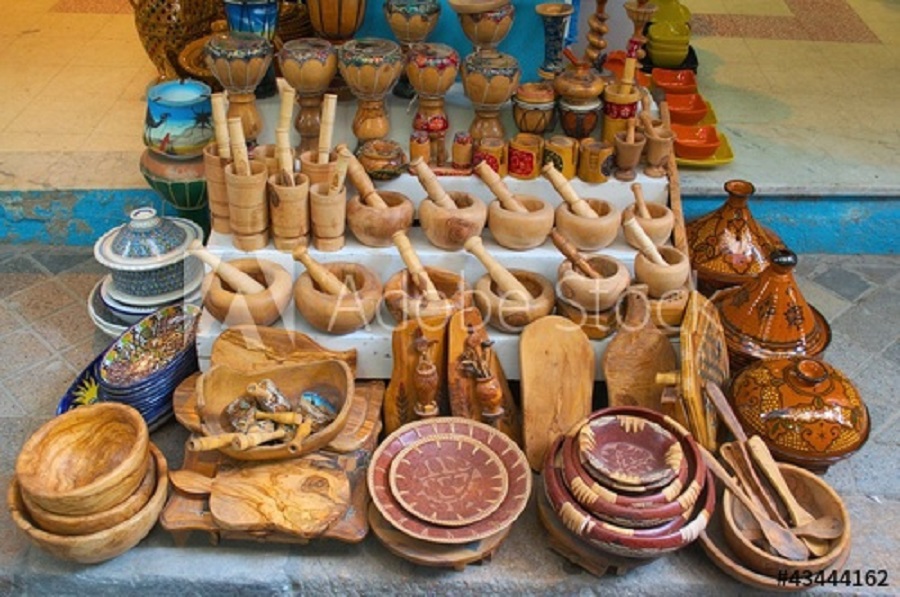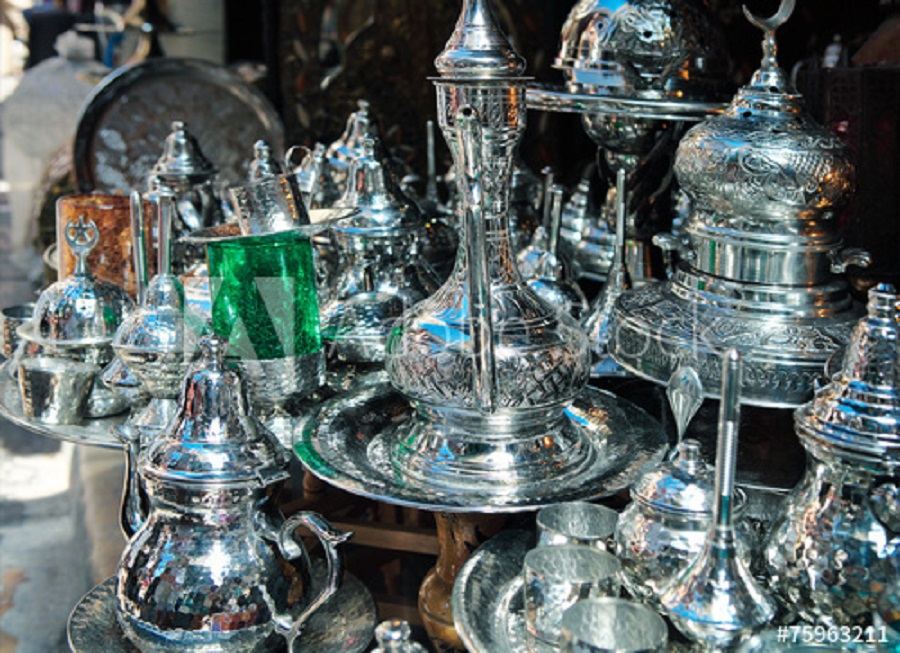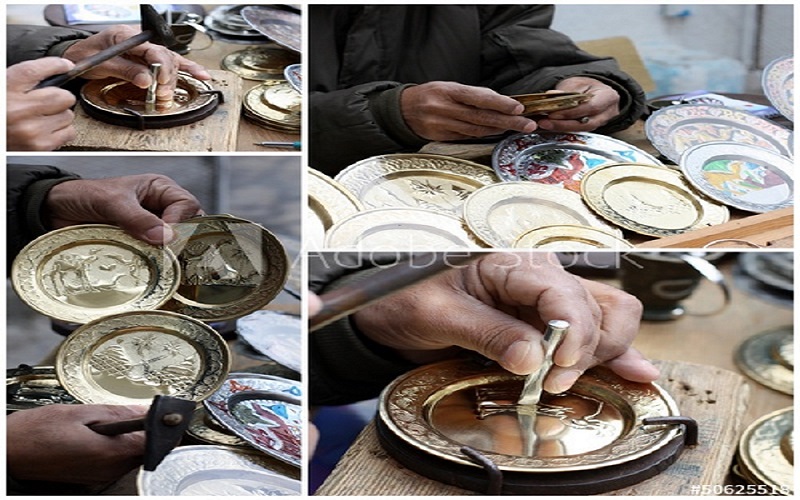Olive wood

Since Tunisia is a huge olive producer country of olives, the benefits coming from olive wood is a plus added to the oil.The wood of the olive tree is appreciated for its veins which give an artistic specificity to certain cooking utensils. Its solidity and endurance in the heat are recognized by many sculptors and industrialists, so many cooking utensils are made of olive wood. These have have a very interesting pattern and shape, a very warm pleasant color and well polished texture also they are very durable.

